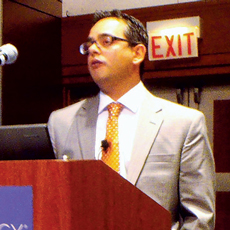
In the 10 years since the Bush Administration launched its healthcare interoperability initiative by creating the Office of the National Coordinator for Health IT, a lot of progress has been made toward the goal of an interconnected healthcare continuum.
2014 is when expectations were supposed to reach fruition, but they haven’t come along as fast as originally hoped.
Long-term and post-acute care organizations have made the least progress in digitally connecting with their acute care counterparts. Interoperability proponents, however, say the time is coming soon when all providers will be part of the synchronization effort.
At the IHE North American Connectathon in Chicago in late January, interoperability specialists were optimistic about the future of electronic health record connectivity among healthcare providers in all sectors, as well as through health information exchanges, government agencies, payers and other networks.
“The march toward industry-wide meaningful use of computerized data and transactions in EHRs is not less than a breakthrough … however, the focus of EHRs leaves out the rest of a much broader HIT ecosystem,” said Amit Trivedi, program manager for ICSA Labs. “This includes long-term and post-acute care and home health. Tying the whole ecosystem has always been our principal goal.”
Several national initiatives are underway to resolve the situation, including Healtheway’s eHealth Exchange and the EHR/HIE Interoperability Workgroup, which are identifying methods to achieve interoperability through a common framework.
Eric Heflin, chief technology officer for Healtheway, reports that the eHealth Exchange currently has 41 participants, including 800 hospitals, 6,000 medical groups, 850 pharmacies, 750 dialysis centers and 69 other organizations in test status.
From the March 01, 2014 Issue of McKnight's Long-Term Care News




